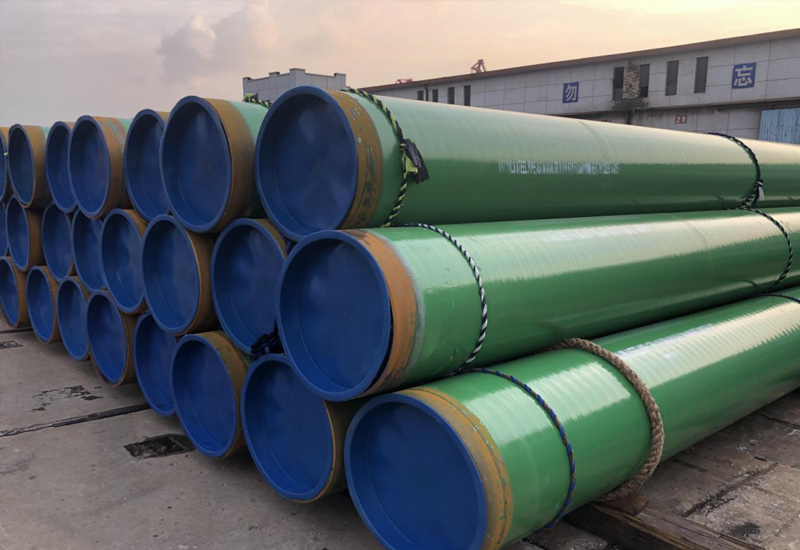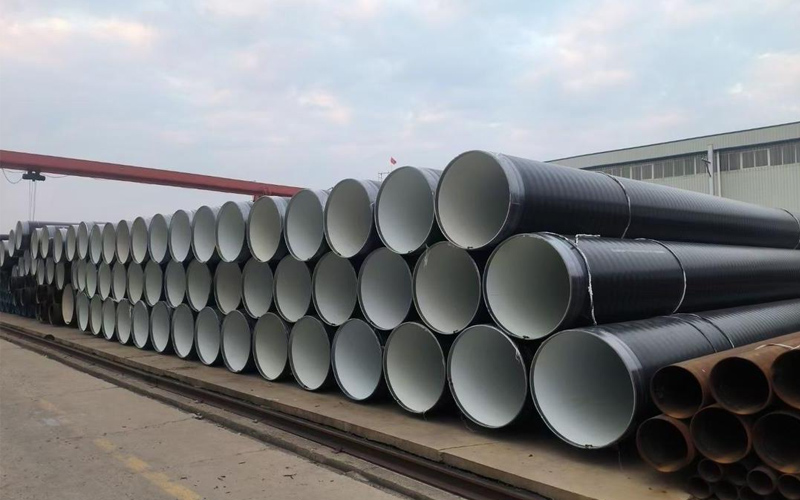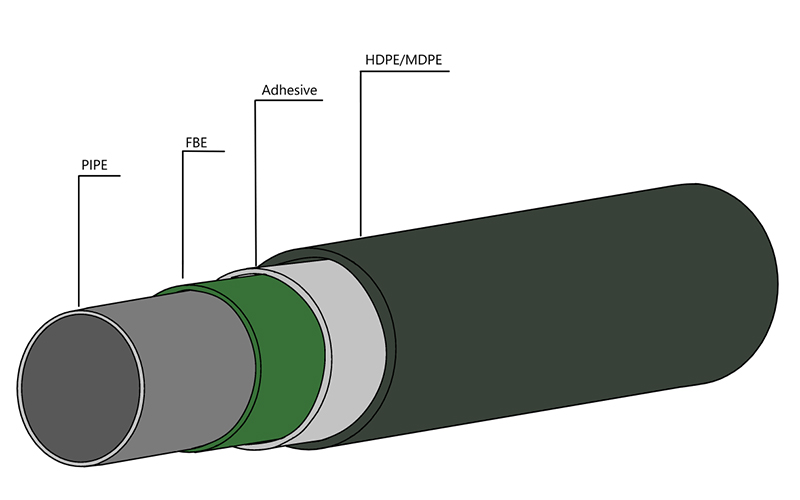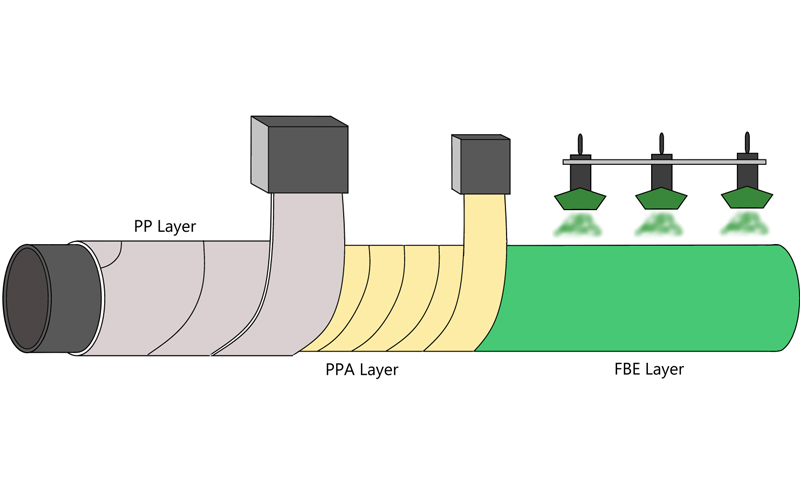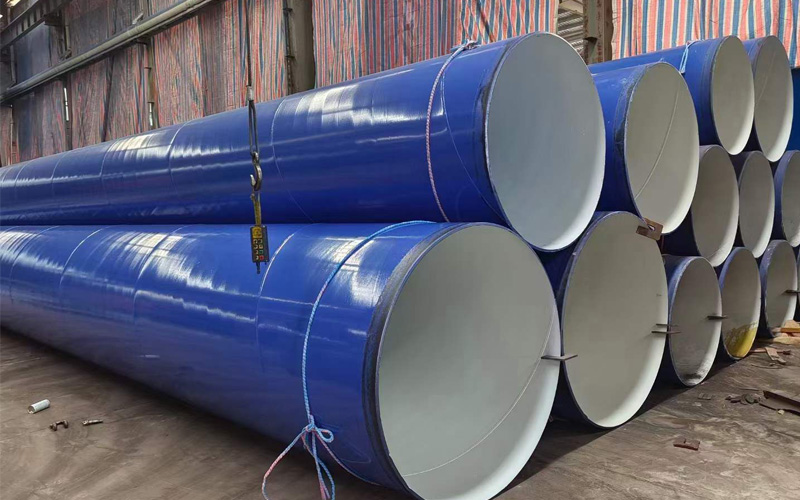Floating Pipelines: Key Views on Offshore Dynamic Risers & Marine Transportation Pipelines
In offshore engineering, reliable oil/gas transportation, sea water intake and floating platform connection infrastructure are very important. Its core is floating pipeline, which includes three core variants: offshore dynamic riser, buoyancy pipeline and offshore transportation pipeline. Each ship is designed for harsh marine environment, from high salinity waters to dynamic waves. This guide only uses factual details to decompose the definition, advantages, specifications and applications of floating pipes.
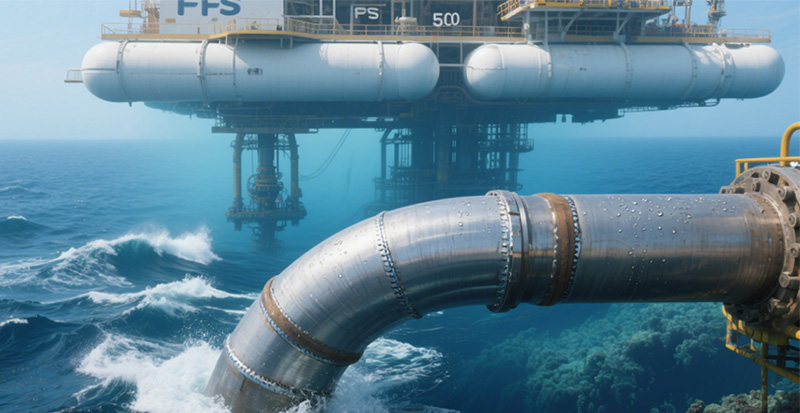
What is a floating tube?
FLOATING PIPE is a marine-specific pipeline system that uses buoyancy modules to stay stable in water, unlike traditional subsea pipes that rely on burial or heavy coatings. It includes three key variants, each serving unique needs.
Offshore Dynamic Riser
Designed to connect floating structures (e. g. FPSOs) to subsea wellheads, Offshore Dynamic Riser handles wave/current stress and vessel movement. It is made from corrosion-resistant alloys (API 5L X65/X70, Duplex 2205), which can withstand high pressure and deep water after UOE/JCOE molding and SAWL/SAWH welding, and is an ideal choice for deep water oil and gas projects.
Buoyant Pipeline
Due to the Buoyancy Modules of 180-300 kg/m, the buoyancy pipeline remains floating/close to the water surface. It avoids costly subsea burial and has anti-biofouling coatings to prevent marine organism growth. For seawater intake (easy maintenance) and shallow water oil/gas transportation (simplified installation).
Marine Transfer Pipe
The main force of fluid transportation between offshore assets (e.g. Due to the use of solid materials and engineering technology, these three models can provide more than 25 years of service life. It has the same corrosion-resistant structure as the other two models, plus internal coatings (CRA coating, smooth hole epoxy resin) to reduce friction and deposition.
Unique advantages of floating pipe
Floating pipeline (including its three variants) is superior to traditional offshore pipelines in key fields.
1. Strength of structure
Designed for extreme conditions: the offshore dynamic riser can handle the depths of more than 1500, and the wall thickness (8.0-50mm) can resist pressure. Even a buoyant pipeline can withstand the surface impacts of debris or ships.
2. Anticorrosion
A multi-layer coating system can resist salt water corrosion: external 3 LPP (≥ 3.2) or FBE+50-100mm concrete coating; Internal CRA cladding (625/825 alloy) or smooth pore epoxy resin. This reduces the maintenance costs and downtime.
3. Simple installation
All variants support efficient deployment: Offshore Dynamic Riser works with reel-lay/J-lay/S-lay techniques; Buoyancy pipes do not need heavy diving equipment; Marine Transfer Pipe has pre-installed alignment features for quick connections. Lengths (12m/18m/24m, and custom lengths are available to meet project requirements) is suitable for the capacity of the marine vessel.
4. Eco-Friendly Design
Anti-fouling coatings can reduce the damage of ecosystem; Leak-proof connections (VAM top thread, mechanical couplings) prevents liquid from overflowing. Offshore Dynamic Riser adds ROV-operable emergency valves for quick issue response.
5. Intelligent monitoring and quality assurance.
Embedded sensors track pressure, temperature and structural health in real time. All floating pipes have undergone automatic defect inspection and pressure test (per API 5L/DNV-OS-F 101). The laser etched codes and RFID tag ensure complete traceability.
6. Long term value
Although the initial costs is high, compared with traditional pipelines, the service life of more than 25 years, minimum maintenance and rapid installation reduce the total cost of ownership.
Main Applications
Floating pipes perform well in three key scenarios.
1. Offshore oil and gas transportation.
The dynamic riser at sea connects the floating production storage tanker with the underwater oil wells; Marine Transfer Pipe moves hydrocarbons between assets. Both handle dynamic stress and prevent leaks, critical for open-sea operations.
2. Sea water intake/cooling
Buoyancy pipes provide seawater to power plants/seawater desalination facilities. Antifouling coatings and EN 10208 compliance (cathodic protection) ensure long-term use in salt water.
3. Floating Platforms
All three variants support floating wind turbines, wave energy converters and solar power plants. The dynamic riser at sea is connected with submarine cables; Buoyancy pipeline control inlet; Marine Transfer Pipe moves fluids. Intelligent sensors can maximize energy output.
Get Your Custom Steel Pipe Quote Today!
Provide us with your project details (like application, specifications, quantity). Our experienced team will respond with a tailored solution and competitive quote within 24 business hours.
Related Articles
ASTM A53 vs. API 5L: A Guide to Selection and Application
Introduction:Technology differences determine success or failure, and selection needs to be “precise”
Steel Density Analysis: Core Differences between Mild and Medium Carbon Steels and Industrial Applications
3LPE coated steel pipe: a solid barrier in the field of industrial corrosion protection
3LPP coated pipe: anti-corrosion guard in high temperature and high pressure environment
FBE steel pipe: the technological armor of the steel defense line
HOT TAGS
latest posts
- Introduction:Technology differences determine success or failure, and selection needs to be “precise”
- FBE Steel Pipes: Corrosion Protection Redefined
- DIN 30671: A Guide to FBE Coating for Steel Pipes
- A Guide to Structural Pipe: ASTM A500vsEN10219
- Weld Seam Integrity: A Deep Dive into LSAW vs. SSAW Pipe




